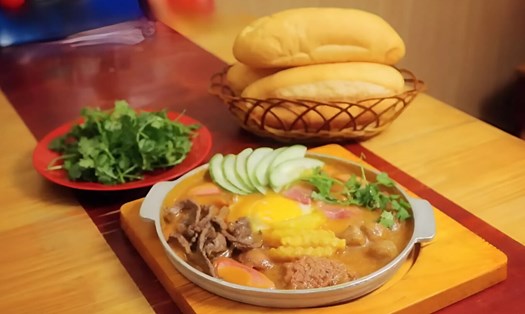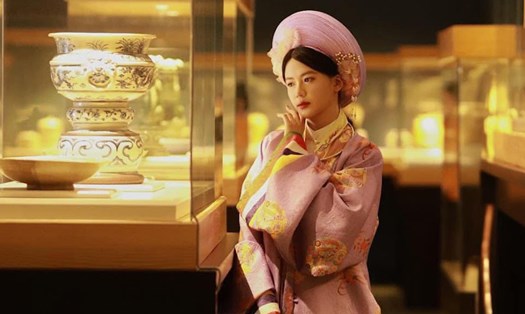Temple of the coastal fishermen
Chai Temple, also known as Van Chai Temple (located at Thoc Wharf, Van Huong Ward, Do Son District, Hai Phong) worships the Four Holy Ladies (female deities at the mouth of the river and sea), headed by the Holy Mother Can Hai Dai Vuong.
Mr. Nguyen Van Tung (72 years old, head of Van Chai temple) said that Van Chai temple has existed for nearly 2 centuries, Mr. Tung is the 5th generation in his family assigned to look after and burn incense at the temple.
The temple is located at the foot of Dau Vai mountain, the center of the Nine Dragons mountain range, with the feng shui position of a sacred land like the head of a phoenix. The temple faces the Northeast, overlooking the sea, with its back leaning against the mountain, and the natural scenery is majestic.
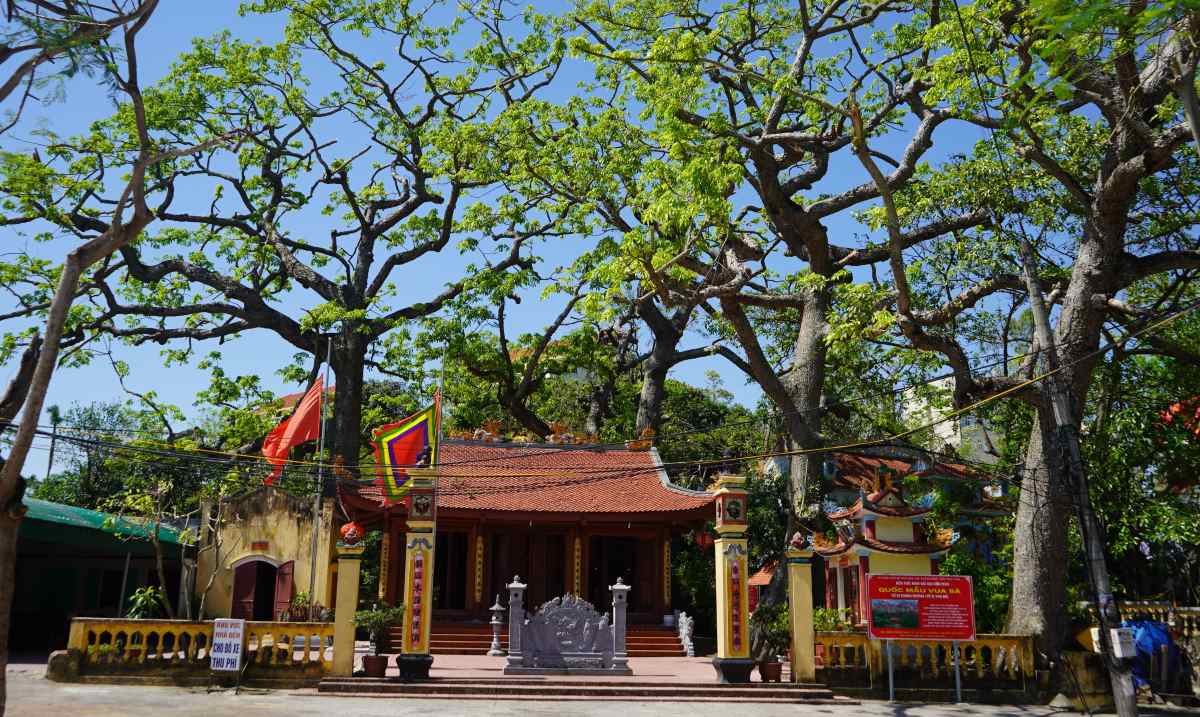
Local people say that after the temple was built, the people of Van Chai had a good fishing season for three consecutive years. Schools of fish filled the Thoc wharf.
"In the 1990s, during every temple festival (January 19 to 21), large schools of fish would "pay homage" to the sea in front of the temple, including dolphins. However, in recent years, it has been rare to see a group of dolphins returning to Thoc wharf," said Mr. Tung.
The temple is sacred, so every 1st and 15th day of the month or when ships are preparing to set sail, fishermen from the Do Son sea area come to worship in large numbers, praying for a safe and successful sea voyage.
Ms. Hoang Thi Le, a resident of Ngoc Xuyen ward (Do Son district), said: "Going to Van Chai temple is a subconscious and habit of many fishermen in Do Son. Every month, my husband and I arrange to come here to burn incense and pray for full nets."
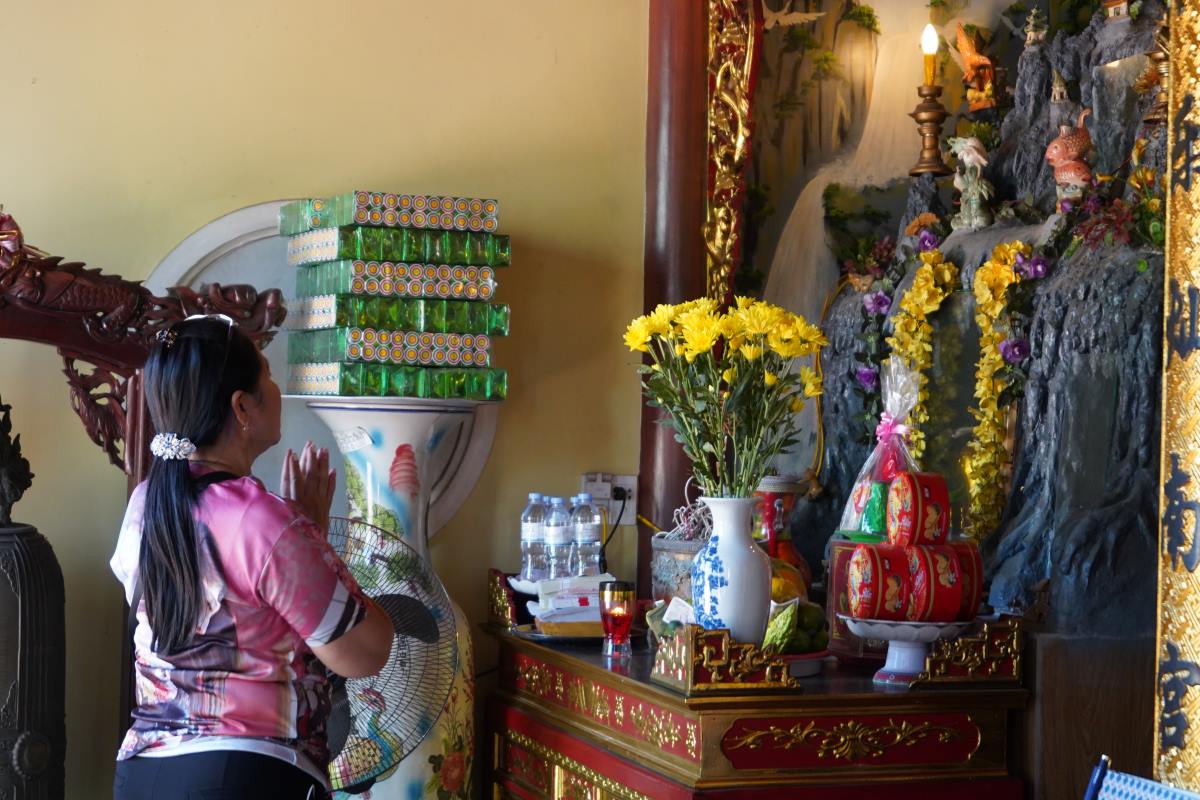
5 ancient cotton trees shelter the temple roof
Not only famous as a temple for good luck for coastal fishermen, Van Chai Temple was once a place for revolutionary activities during the resistance war against France, a place for meetings to study and propagate the Party's policies.
The unique feature of this temple is that it is sheltered by five ancient cotton trees, nearly 200 years old. Mr. Tung, the head of the Van Chai temple, said that the five giant cotton trees are arranged in the shape of the word Sinh, which is likened to the five fingers of the Mother Goddess descending to this land. Local people believe that the five cotton trees symbolize fertility, prosperity, and happiness.
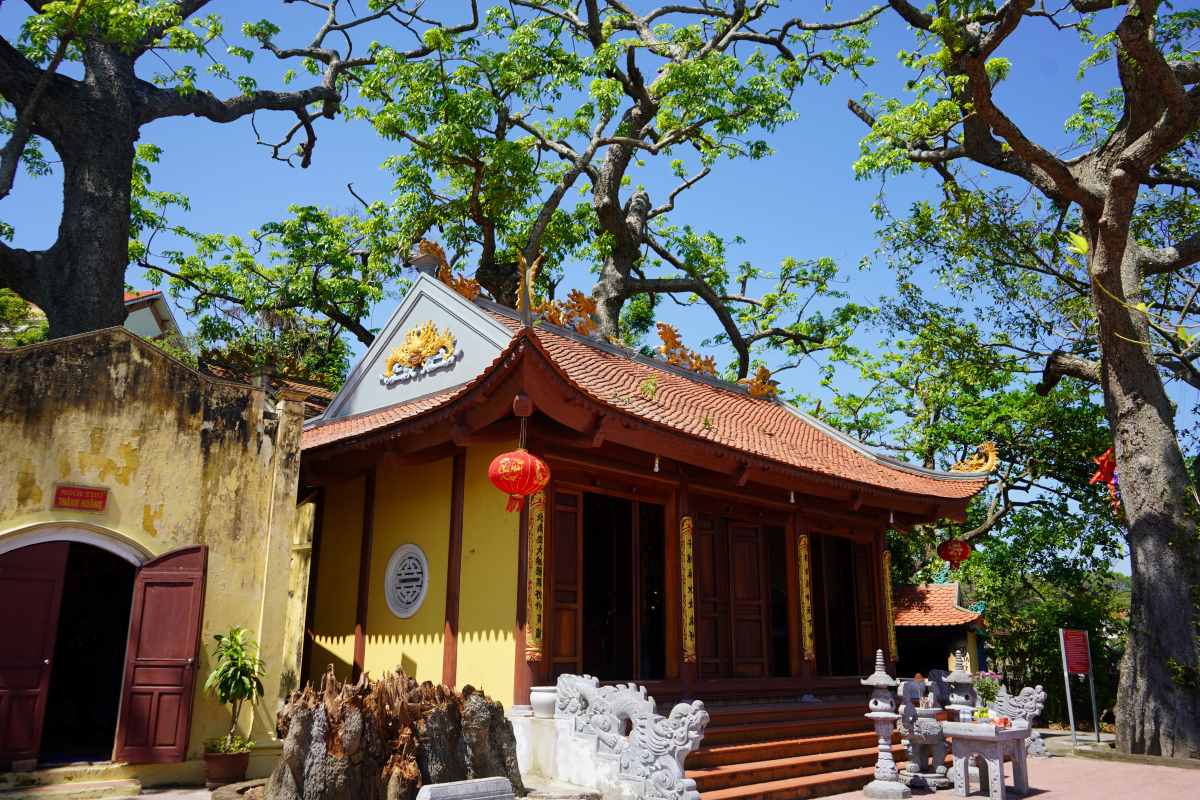
All five kapok trees have similar shapes, with large trunks measuring 2.5-3m in diameter and all shaped like a basin. Typhoon Yagi hit Hai Phong in early September, and the largest kapok tree was broken.
"When the storm hit, the kapok tree located right next to the temple gate "bent" against the storm wind, then fell down, leaving only the stump. But strangely, the kapok tree with a diameter of 2m, its branches and canopy have protected the temple for years, now falling down does not affect the temple" - Mr. Tung said.
With its unique heritage values preserved, Van Chai Temple is ranked as a city-level historical relic. The people of Van Huong Ward hope that the broken cotton tree will soon be "revived", all 5 cotton trees are recognized as heritage trees, contributing to enhancing the cultural and spiritual values of this temple.


